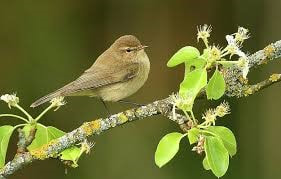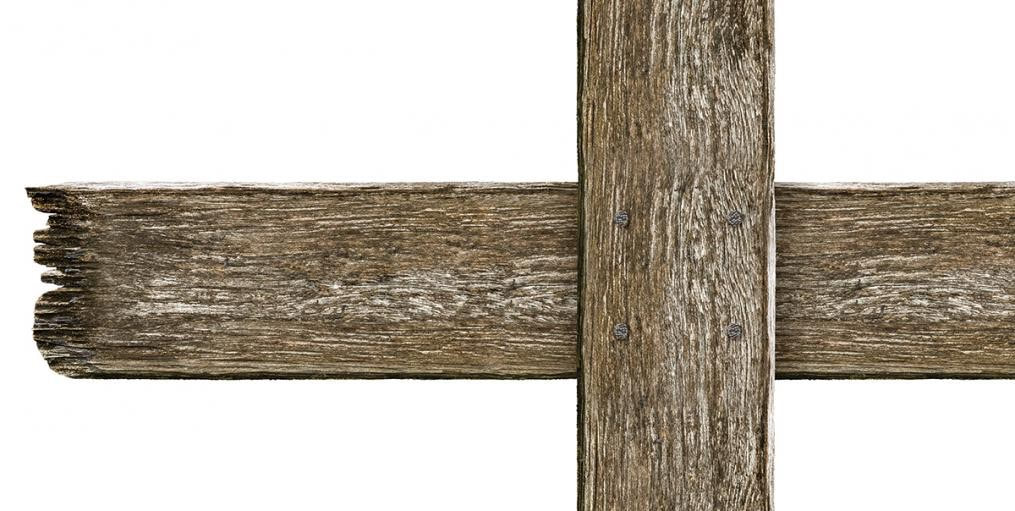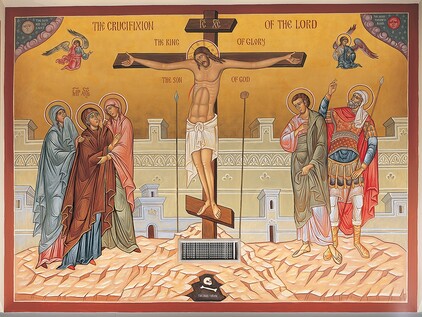|
As I sit reading and preparing this homily, I cannot help but smile as the song of a Chiffchaff drifts through the open window. The Chiffchaff is perched high in a neighbours tree. I always find trees beautiful, but at this time of the year, with their new leaves, delicate blossom and resident wildlife, they have a very special beauty. Of course, the books I am looking at are inextricably linked with trees. These links go far beyond the manufacture of paper! For example, ‘Folio’, which today refers to a book of very large size, is from the Latin for ‘leaf’, which is itself a term for a book’s pages. Trees are the oldest living things on earth and, interestingly, they are mentioned in the Bible more than any living thing other than God and people. There’s a tree on the first page of Genesis, the first Psalm, the first page of the New Testament, and the last page of Revelation. Whether it is the fall, the flood, or the overthrow of the Pharaoh, every major event in the Bible has a tree marking the spot.
Again, the texts of our service abound with tree references. The following are quotes from Matins for this Sunday.
Today, the third Sunday (and middle) of Great Lent the Church sets before us the cross of Christ; a cross made of wood on which the carpenters’ son was nailed. Why do we Exalt the Holy Cross, today in the middle of the Fast? “We venerate the Cross of Christ, by which the power of the demons and the deceit of the devil were destroyed.” These are the words of St John of Damascus and, following this tradition, the Orthodox Church has consistently celebrated the cross as an emblem of victory; just as Melito of Sardis proclaimed, “Just as from a tree came sin, so also from a tree came salvation. By the cross death is destroyed, and by the cross salvation shines; by the cross the gates of hell are burst, and by the cross the gates of paradise are opened. . . . The cross is the destroyer of hell” St Athanasius of Alexandria declared, “His trophy over death was the Cross.” And later, “The death which they thought to inflict as a disgrace was actually a monument of victory against death itself.”, “The Cross of the Lord is a sign of victory over death.” Similarly, Rufinus observes, “The death to which He submits is going to result in the despoiling of death.” Maximus the Confessor affirms, “By being conquered deliberately, He conquered him who hoped to conquer and snatched the world from his dominion.” The contemporary theologian and hierarch Metropolitan Kallistos Ware comments, “What has been fulfilled? We reply: The work of suffering love, the victory of love over hatred. Christ our God has loved his own to the uttermost” (The Orthodox Way). Mel Gibson’s 2004 film The Passion of the Christ, is well known for its depiction of the brutality and gore of Christ’s punishment and crucifixion, an attitude common to many western Christian paintings. Orthodox icons, however, depict not a ‘victim’ but a ‘victor’. Our icons of the crucifixion do not belabour or emphasize the horrors of the suffering. Rather, they show an almost regal dying Christ receiving the dismayed shock of believing onlookers. They show the expression of faith of the Roman centurion who confesses the crucified Christ as “the Son of God” (Matt. 27:54; Mark 15:39). I wonder how it would be if every time we saw a tree, we viewed it as an icon? If every time we saw a tree, we remembered the Cross and the Resurrection, giving thanks for our Lord’s victory? Perhaps then our lives would begin to become the Eucharist that never ends? Fr Julian We venerate Thy Cross, O Master, and we glorify Thy Holy Resurrection
0 Comments
Leave a Reply. |
Parish Blog
This mainly contains homilies and messages from our priests, although there is some scope to share thoughts and interesting articles which we may want to share with others Archives
October 2022
Categories |



 RSS Feed
RSS Feed